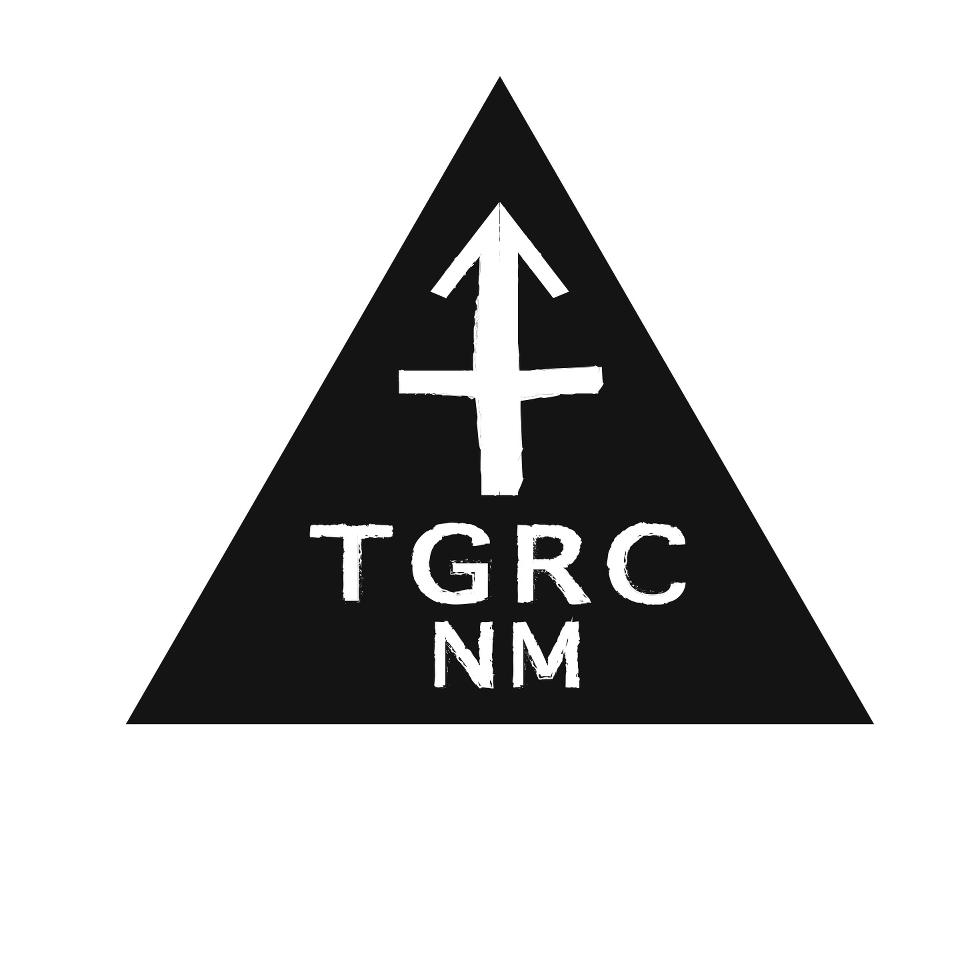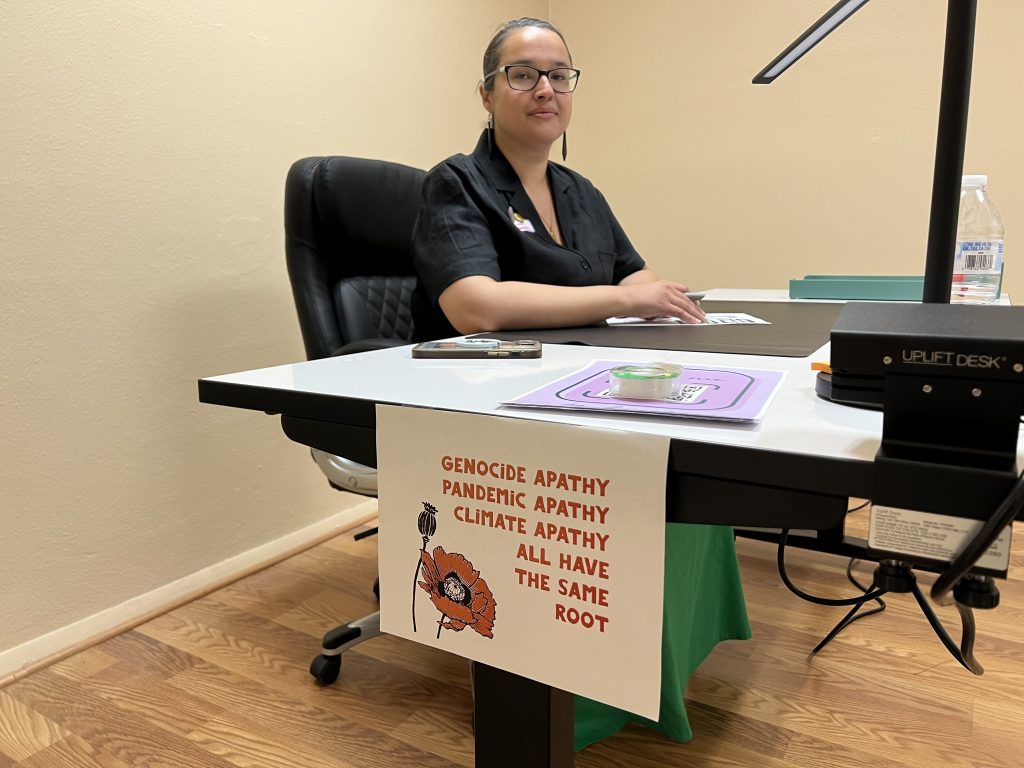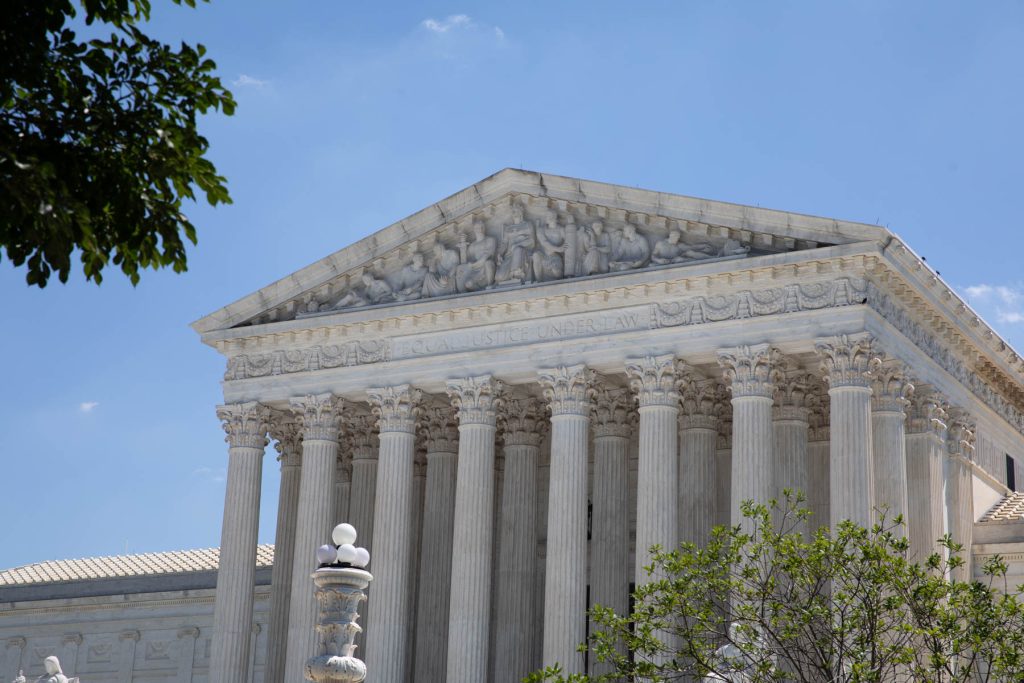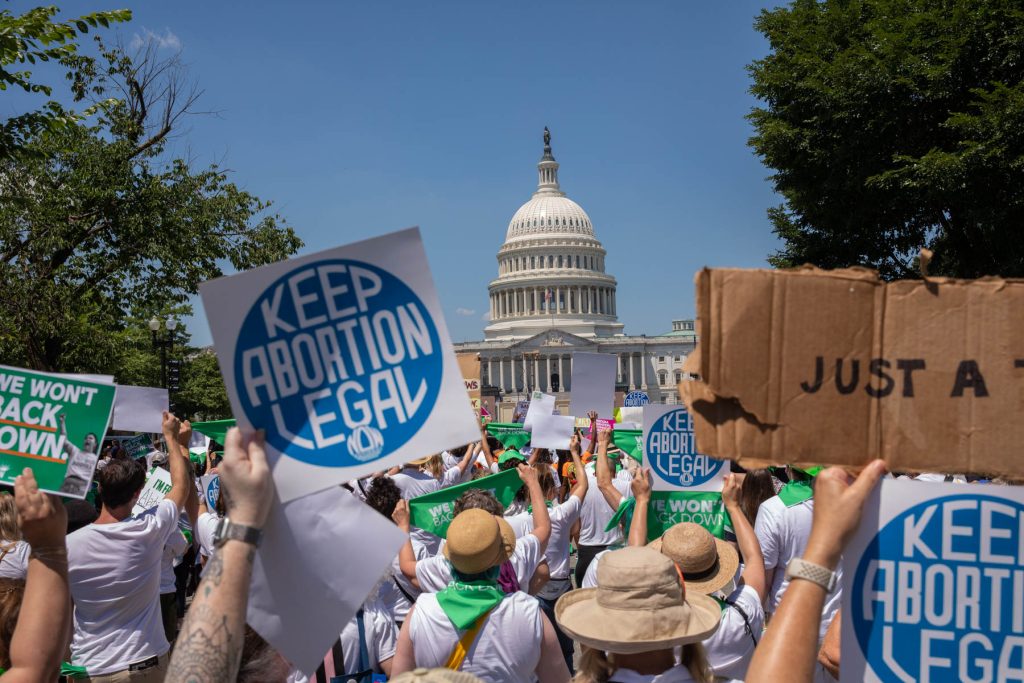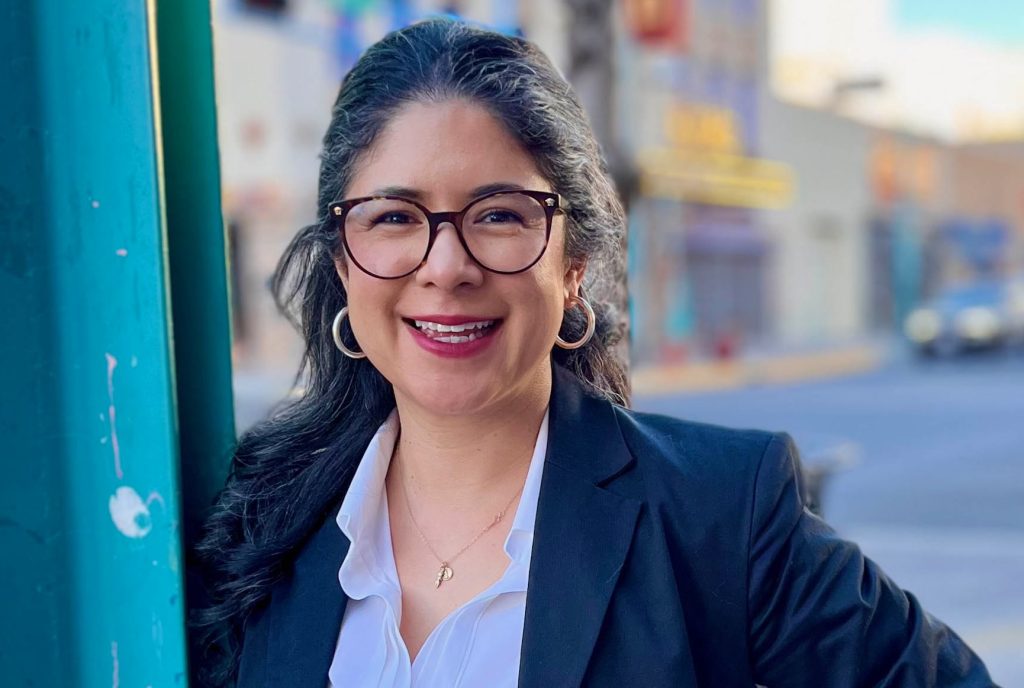With only a little more than a month left to fill out the 2020 U.S. census, some groups that have been historically forgotten could go under counted again.
Adrien Lawyer, co-founder of Albuquerque-based Transgender Resource Center, told NM Political Report said that even the best available data on the transgender communities across the country are largely undercounting the communities. The U.S. census doesn’t ask questions about gender orientation or identity.
Lawyer said the transgender community is again in danger of being undercounted with this census as it has been in previous census data gatherings.
The best available data on the size of the community in either the U.S. or New Mexico comes from the University of California at Los Angeles School of Law Williams Institute, which is a research center on sexual orientation and gender identity law and public policy.
According to a 2016 Williams Institute report, New Mexico has the third highest transgender community in the U.S., behind only Hawaii and California. According to the Williams Institute research, 0.75 percent of New Mexico’s population is transgender.
But Lawyer said he believes that is an undercount and that the true number is more likely 3 to 5 percent.
He said a 2017 New Mexico Risk and Resiliency Survey report on the schools found that 3.4 percent of the students said they identified as transgender, gender queer or gender fluid. Another 2.9 percent said they were still struggling with the questions but were not ready to embrace those labels.
“Possibly more than 6 percent in the entire state of high school students,” Lawyer said.
Lawyer said that given those results, he thinks the adult transgender population is higher than reported in the state.
And Lawyer said the transgender community may continue to go undercounted because many in the community struggle with filling out the U.S. census. The deadline for filling it out has shifted because of the pandemic but the current deadline is now September 30.
Lawyer said a lot of people in the transgender community worry they have to use their legal name and the gender they were classified with at birth.
Even though that’s not the case, “a lot are super anxious,” Lawyer said.
Other groups who also go uncounted are the lesbian, gay, bi-sexual, transgender and queer community who are unhoused, Lawyer said.
Related: Las Cruces Census office to hand deliver census to thousands of households
“You can’t reach them for services. You can’t reach them for surveys and counts because they’re not going in for services because they fear discrimination. They think they’ll be mistreated,” he said.
The census presents another problem for those who identify as gender nonbinary because when it asks each person to identify as either male or female. Lawyer said that creates “resentment,” and those gender categories don’t work for gender nonbinary-identified.
Lawyer said getting an accurate picture of all of these communities matters because as a nonprofit, the Transgender Resource Center has to use demographic information when applying for grants.
Accurately counting people in the transgender community, the gender nonbinary and LGTBQ who are unhoused also matters because New Mexico stands to lose millions of dollars from the federal government if the population is undercounted.
But also, if these communities are accurately counted, it would be harder for the larger public and policy makers to “dismiss” them, Lawyer said.
“It helps us do culture shifts,” Lawyer said. “If you know a trans person, you tend to be more open minded.”
Lawyer said the LGBTQ communities pushed to have questions on the 2020 census that would enable people to identify gender orientation and answer other questions, such as if they are transgender.
“If the census would ask that question, we could get a reliable baseline,” Lawyer said. “But this census fell under this administration. People put years and years and years of advocacy on the census but there was no way it would happen this time around.”
But Lawyer said advocates haven’t given up. They have set their sights on 2030.
He asked, “If you don’t ask the question, how do you get the answer?”

